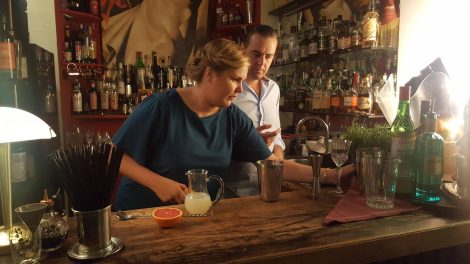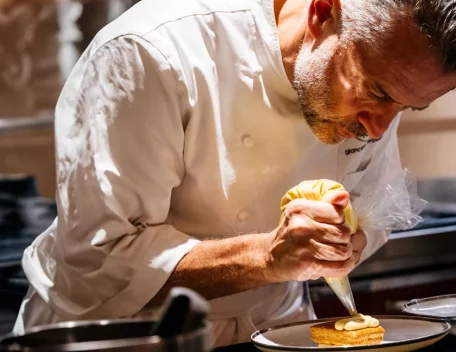A world of colours and aromas, a whiff of childhood memories, the immediate call to sweetness, automatic gestures and ancient flavours chasing modern ones: from the ancient pastilles to Anglo-Saxon marshmallows, from classic lollipops (which now also recruit insects!) to the austere licorice. The technicolor universe of candy is difficult to classify and has infinite local and global variations. In the meantime, let's see who makes and invents them in Italy, one of the world's main producers.
The candy galaxy
The galaxy of candy has hovers over us all since childhood. It's difficult to remember the very first precise impact on our eyes, taste buds and fingertips. But it's still there, pulsating in an earthly firmament with saturated tones and clear luminance. No gastro-astrolabe, no sextant to target the sugar nebulae, colours and aromas: we finds ourselves with a ready-made sticky map––to be wrinkled, spread and crumpled again––on which to trace constellations of references. Every now and then some extraordinary type flies over, bizarre comets from the eccentric orbit flash and disappear. Unique events just like the act of eating candy itself: two fingers, popped in the mouth. The most popular edible item of all––before glam and beyond hip––is also what can be cataloged with less simplicity: is it confectionery, but wouldn't it then include confetti, as well? Sweet tongue twisters.
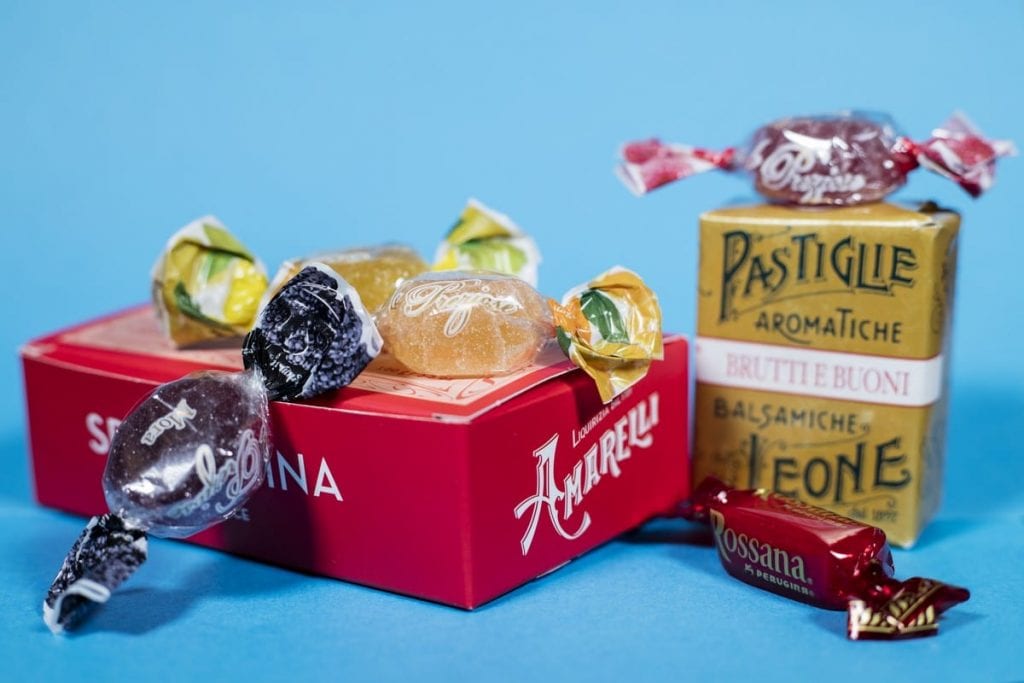
Common place and private places alternate in a nostalgic chase: there were jellies at parties (the real share & like, before Facebook), Smarties in your pocket, the promotional ventures on TV between Mentos' old-fashioned prudery, or the un-pc one of Morositas and the calembour of Vigorsol: air action or erection? Thus the wunderkammer is replicated in American candy stores, British sweet shops and lolly shops at far ends from each other. All while playing with art, three examples above all: Maayan's Sweet Saba in New York, the special Frisk designed by Takashi Murakami and José Jiménez Lara's Smartbite. What else? Insect lollipops, a creeping expansion niche dominated by Hotlix. To each their own orbit. However, we need a roadmap. The most suitable candidate seems to be the Reese's Pieces scene in E.T., Spielberg's masterpiece, where Elliot attracts his new friend. M&M’s initially declined the product placement proposal, Hershey on the other hand didn't miss out on the coup and cashed in millions of dollars. Very extra, very terrestrial.
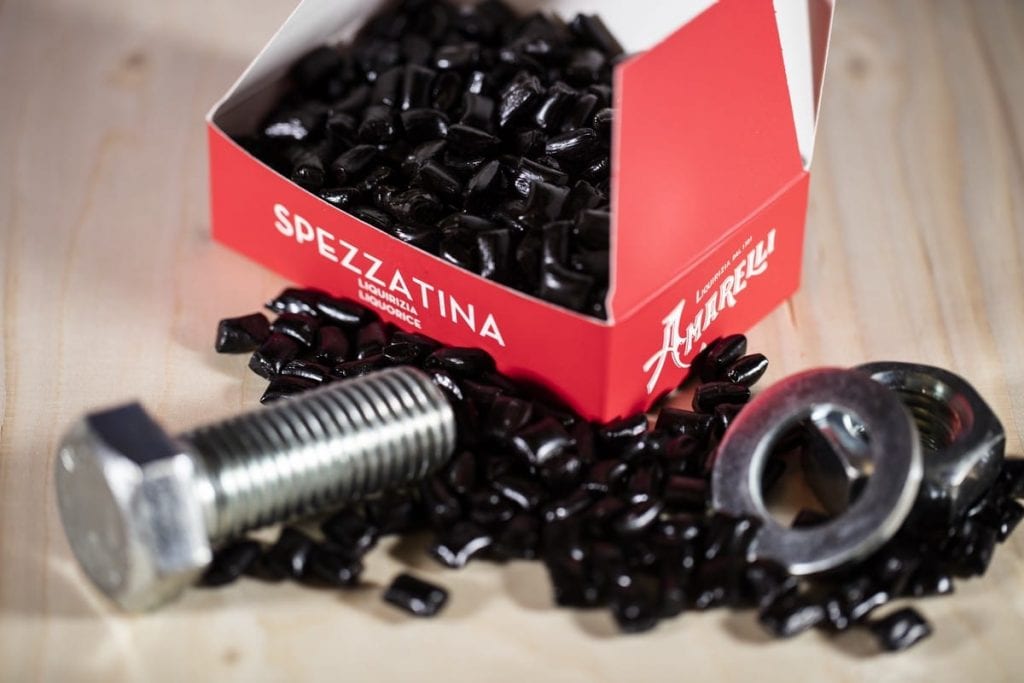
The Italian production
We now land on home soil, the warning that suggests not accepting candy from strangers seems to hold up but needs to be reviewed. Four fifths of Italian candy production is due––according to the data provided by Aidepi (Association of Italian Sweet and Pasta Industries)––to three dozen medium-large businesses. They are an assorted, consolidated and polarized reality concentrated in Lombardy and Piedmont, located in the respective capitals and in the provinces Como-Cremona and Alessandria-Cuneo. However, it's improper to speak of territorial districts because the sector is full-bodied but not massive and does not require complex manufacturing logistics: last year it packed over 80,000 tonnes of candy for a value exceeding 600 million euro. Of the ones sold, only one in ten is sugar-free (and one in two is packaged in bags), reasoning with the second things change: those packed in sticks and boxes are the second item on the list, with sugar and sweeteners contending the scene. Let's leave volume and value aside and go back to geography: does the dust of the "others" cover the many regions that, with some exceptions, seem to produce kess? The question is different: how and where to draw the line between artisanal and industrial?
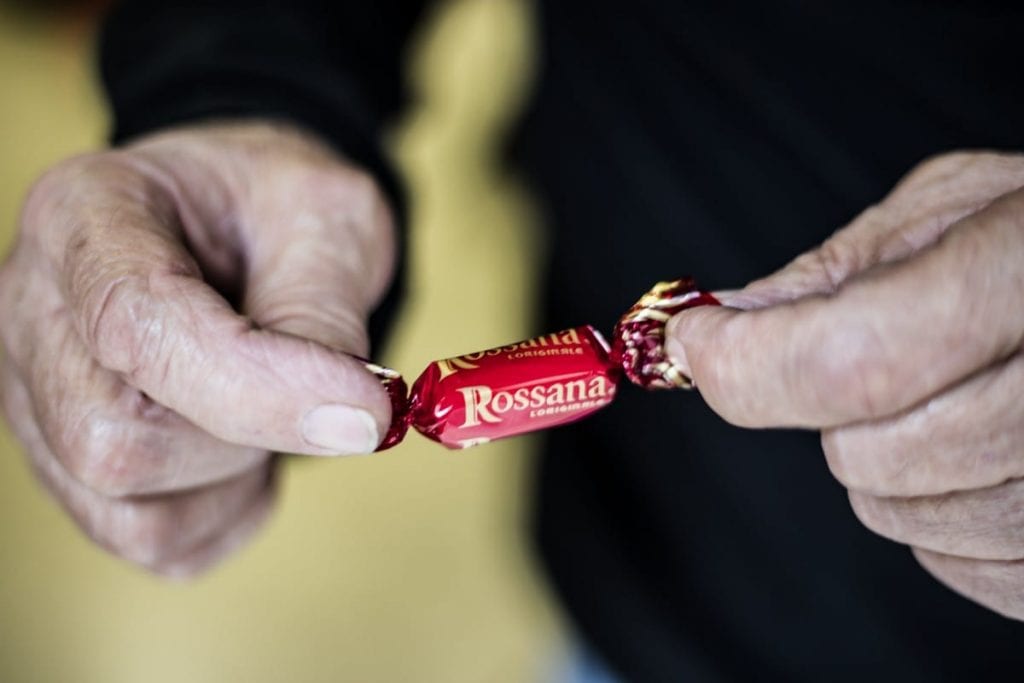
Craftmanship or industry?
The question would seem resolved if we consider that simple candy is sugar (worked) with flavours and colouring. Treccani does not even pose the problem, defining it as a "confectionery product industrially obtained by cooking sugar" and reiterating that it is "the manufacture of sugared almonds and similar products whose basic raw material is sugar". However, such laconicity contrasts with the florilege of typologies, processes, et al..
It would take a Carl Nilsson Linnaeus (18th century botanist father of the classification of living organisms) of the Candy World. He was originally from Smaaland––the Swedish region of the famous Gränna candies (and Ikea, for the record)––and he would know how to put things in order.
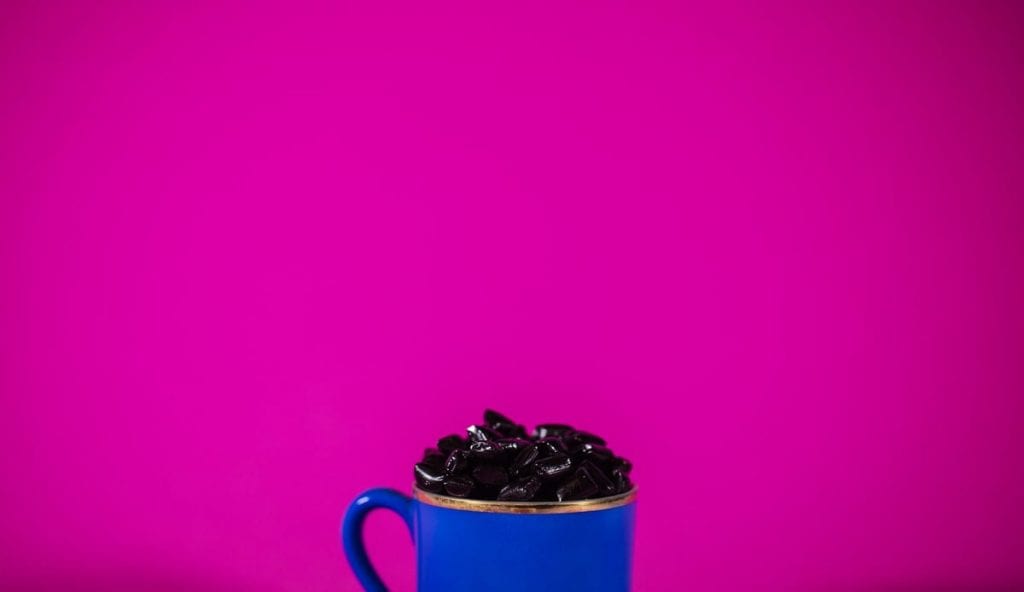
Classification
But at least a rough map would be needed to find one's way: the most common descriptor distinguishes the hard category (with a filling or not) from the soft (jellies and the like). Toffee is conventionally a separate category, while the mini-galaxy of pastilles condenses into a single category. The two main dividors, however, hold fast: intrinsically individual consumption and very long shelf life. The merit for this goes to sugar: with sucrose and glucose syrup––preventing them from crystallizing and losing that beautiful smooth (and sometimes shiny) surface––are the basic ingredients inmost of the products on the market, the Adam and Eve of the Candy Garden. Others can be categorized per texture (thickeners, gelling agents) and per various members of the Pantheon of Aromas: fruit juices, licorice paste, herbal extracts or infusions, and synthetic compounds.
What about sugar free candy? Instead of that sugary mix these resort to bulk sweeteners and other substances. "The confectionery family is very large, in fact––explains Giovanna Rufo, technologist of the food regulatory arm of Aidepi––the production process changes depending on whether the candy is hard, chewy, gummy, pastilles or other. However, there are three common steps: mixing the basic ingredients, cooking and adding the flavoring ingredients. This usually happens last, thus avoiding that high temperatures change the taste or trigger oxidation processes".
Making the difference are cooking temperatures, responsible for texture: above 110°C for hard candy, slightly less for the softer kind. And two-digit temperaures for sugared almonds, pastilles and tablets: where cooking mustn't exceed 80°C. The different textures, however, are also due to another factor: pectin, gums or other thickeners. The most common is arabic gum, in some cases agar agar (gelling agent made from red algae) and animal jellies are used. The so-called animal gelatin is an ingredient common to several preparations but it's not immediately associated with candies, so much so that Jelly, a documentary released two years ago by Belgian Alina Kneepkens for the TV show “Over Eaten – What we know about Food”, created controversy, fueling rage in vegetarians & co and pushing various companies towards plant alternatives.
How is candy made
But let's go back to "candy for dummies": the mixture can be cut directly, extruded from molds and dies (which form cylinders or parallelepipeds) and then cut. Or cast, obtaining imaginative and recognizable shapes: would Haribo gummy bears have the same taste if they were shaped like simple cubes? For the addition of the "flavour" the choice is between fruit juices, syrups, pastes, essences, extracts, synthetic flavouring. There's more: acidifiers, preservatives and dyes as well. The former are not always present; for the latter, Ms Rufo notes that "candies generally have long durability. If stored in a cool, dry place they are very stable, being sugar-based which has a natural preservative effect. However, with high temperatures some types can be compromised". What about dyes? They are virtually essential. "It's undeniable that the colour of candy contributes to the appeal of the product - Rufo says - It's substances admitted by the European regulation, of course. They do not pose risks for human consumption, also based on the assessments of the dosages carried out by EFSA, the European Food Safety Authority". Artisan and/or industrial, then?
Big names
What lies below the northern Italian latitude? In Valle d'Aosta Mauro Morandin––highly appreciated pastry chef son of Rolando, master of cakes and sweet things tout court––carries on the family tradition by making jellies, fondants, sugar-coated seeds and technicolour candies. Plus the Bibigelée, jellies made with Lurisia soft drinks. In Grugliasco, in Turin, there's the Cappuccetto brand, which patented the unusual aromatic mix at the base of Limonsalvia over half a century ago, using lemon and sage. In Trentino, candies become zirele, irregular squares produced by the namesake company.
In San Martino di Lupari, in the Padua area, Alessia Pilotto has taken over an artisan workshop by creating Polarmint: a base of icing sugar and gum to make mint, anise, licorice and fruit pastilles. In Tuscany the two historical names are Fallani––eighty years making barley candies, (and now also with an organic, "natural" line) and Chiellini, specialized in honey candies with the direct collaboration of beekeepers (also producing citrus and chamomile lollipops).
And in the south? What else is there besides Amarelli (which also makes Amarelle, gummy licorice buds with a reduced calorie content, always characterized by the aromatic root)? There's Silagum which makes Le Preziose, (their gelées with orange and lemon, bergamot and DOP licorice are worth mentioning). In Puglia there is Maglio which––in Maglie, in the province of Lecce––in addition to chocolate and confetti also makes delicious hand-cast jellies made with fresh fruit and fruit pectin.
In Palermo stands the name Terranova: making candies since 1980 with a healthy and territorial penchant, and delicious. The main protagonist is carob, which is a humble fruit and chocolate surrogate now elevated to delicacy with remarkable nutraceutical properties. With an essentially balanced mix of import/export, Rossana candies have returned home (to the Fida group) and the Leone pastilles are now under another banner (not Savoy, but always Italian). Our local trick-or-treat testifies to an ecumenical balance. Satisfied and stunned? Well, to finish a mint, like the one that Mr. Creosote sees served at the end of the meal in "The Meaning of Life" by Monty Python. Before the next candy, out of place and between meals.
by Federico Geremei and Luciana Squadrilli
photos by Edoardo Mirabella Roberti

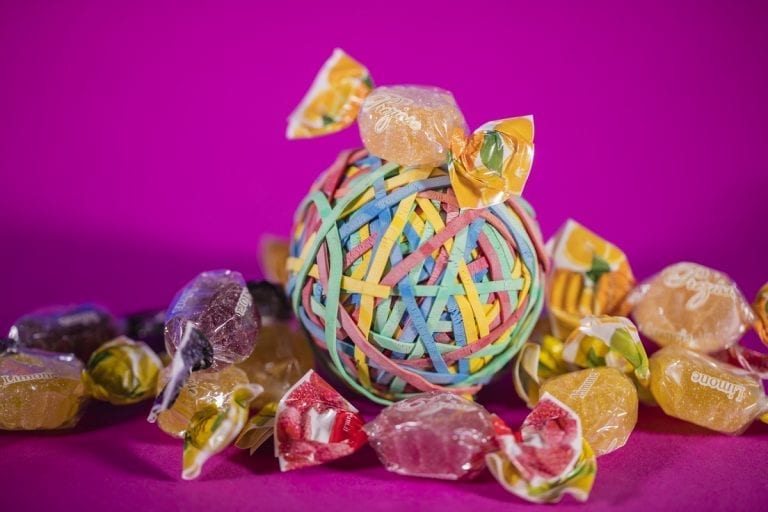
 What changes for the export of Italian wines to China under the new regulations?
What changes for the export of Italian wines to China under the new regulations? “Forget dealcoholised wines. The future is Komb(w)ine.” Moser and Ravizza present a new grape must-based product
“Forget dealcoholised wines. The future is Komb(w)ine.” Moser and Ravizza present a new grape must-based product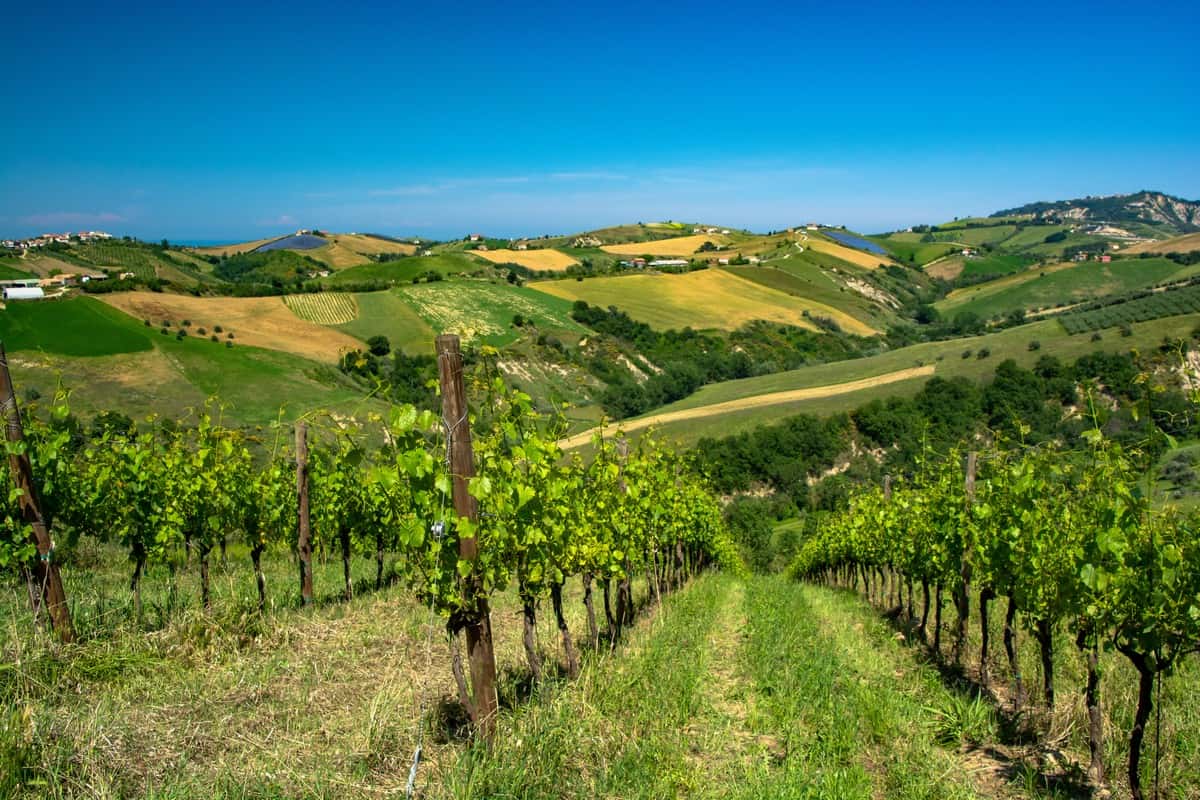 Global wine consumption at a historic low and vineyards in decline. The OIV report outlines a 2024 to forget
Global wine consumption at a historic low and vineyards in decline. The OIV report outlines a 2024 to forget Oenologist Riccardo Cotarella will also produce dealcoholised wine: "My first bottle will be out in October and it won’t be bad"
Oenologist Riccardo Cotarella will also produce dealcoholised wine: "My first bottle will be out in October and it won’t be bad" Dear natural wine world, enough with the constant polemics. If you don’t want to self-ghettoise, self-criticism is needed
Dear natural wine world, enough with the constant polemics. If you don’t want to self-ghettoise, self-criticism is needed



